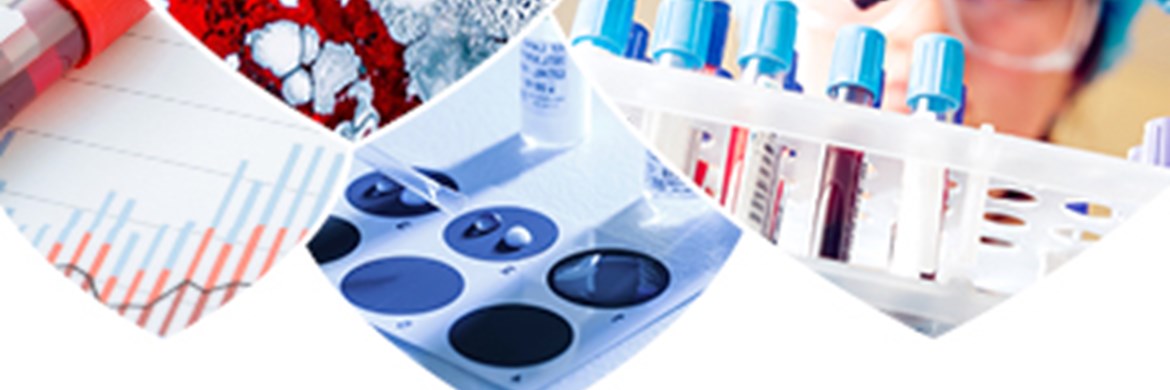
24 January, 2022
“Latex agglutination testing, also known as latex serology, is a widely used laboratory method to identify certain antibodies and antigens”. Fortress Diagnostics have investigated the latex serology test including how it is used, the procedure, risks from collecting samples, benefits of the test and the tests history to show why it should be the test of choice for our customers.
Latex serology is a testing procedure for the measurement of ASO, CRP, hCG White Latex, Infectious Mononucleosis, RF and Toxoplasmosis. The test can use samples including saliva, urine, blood and / or cerebrospinal fluid, depending on the specific test and what diseases are being tested for. Latex serology is for professional use only due to the collection of samples and the performance of the test should be completed in a laboratory setting, (MedlinePlus).
Like any test, there are risks involved in collecting samples. There are limited risks involved when collecting urine and saliva tests, which is why these are more common. Although, for more complex tests, other samples must be collected like blood and cerebrospinal fluid tests. The main risks with blood sample collection include pain, bleeding, fainting, bruising, infection and / or hematoma, (WHO). In contrast to this, there are more risks involved in the collection of cerebrospinal fluid for latex agglutination. The risks for this procedure include discomfort or pain during the procedure, bleeding into the spinal cord, headaches as a result of CSF leak, infection and also nerve damage, (Health Line).
Once the sample has been collected from the individual, the performance of the test can begin. The latex serology test is when the sample antigen or antibodies are coated on latex beads in serial dilutions with normal saline. ‘If the suspected substance is present, the latex beads will clump together. This clumping is called agglutination’, (Lorne Laboratories). This clumping will show the presence of antibodies or antigen for the healthcare professional.
Despite the risks involved in latex serology sample collection, there are also many benefits to the test. These tests are rapid, with results between 15 minutes and 1 hour. They are simple to perform for healthcare professionals and are easy to interpret to give a confirmed diagnosis to the patient in a quick and timely manner, (Science Direct).
The latex agglutination product was initially introduced to clinical laboratories in 1956 by Singer and Plotz, (National Library of Medicine). Since its implementation into the clinical setting, it has adapted to continue its reliable name in testing.
Fortress Diagnostics manufactures, develops and supplies an extensive range of latex serology reagents for a variety of diseases and illnesses. These reliable tests are affordable and fast. For more information or to receive a quote, please contact our Sales Team at marketing@fortressdiagnostics.com .








